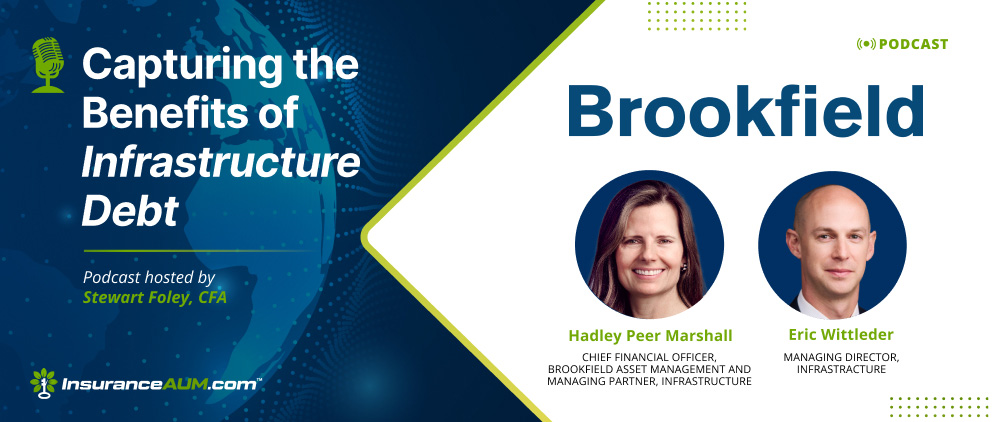Brookfield
Brookfield Asset Management is a leading global alternative asset manager with approximately $1 trillion of assets under management across renewable power and transition, infrastructure, private equity, real estate, and credit. We invest client capital for the long-term with a focus on real assets and essential service businesses that form the backbone of the global economy. We offer a range of alternative investment products to investors around the world — including public and private pension plans, endowments and foundations, sovereign wealth funds, financial institutions, insurance companies and private wealth investors. We draw on Brookfield’s heritage as an owner and operator to invest for value and generate strong returns for our clients, across economic cycles.
Roger Kramer
Managing Director, Insurance Strategist
roger.kramer@brookfield.com
+1.646.774.3472
https://www.brookfield.com/
250 Vesey Street, 14th Fl. New York, NY 10281






